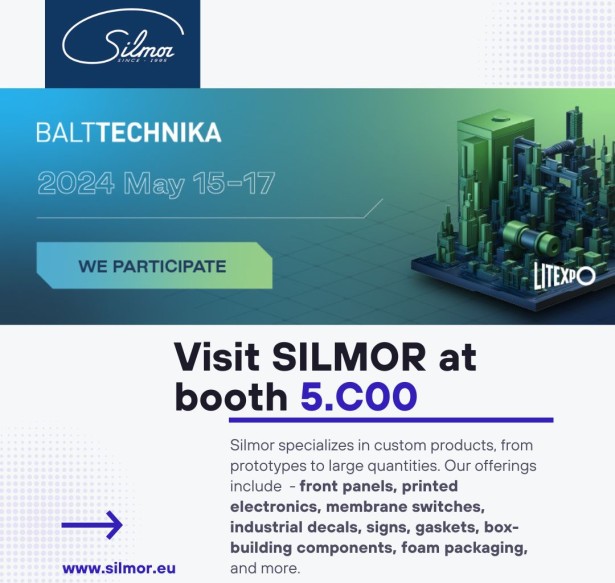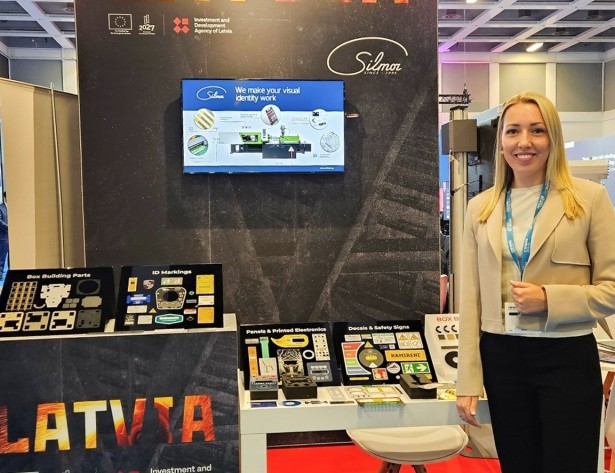Five fundamental principles for development of the process.
A two-day training visit to Prague – at the Skoda LEAN Center and the LEGO Factory – motivated to write the article. If the practice and experience of the industry-leading companies is consistent with what we do in SILMOR. I hope that this knowledge will also be useful for other companies.
How to move towards a result?
There are two approaches to achieving a result:
1. Do what you “want”, the main thing is to have a result;
2. Provide a “perfect” process, and the result will follow.
Which approach focuses on development and long-term benefits?
We, SILMOR, strive for the second: to organize the processes by developing our accepted practices and constantly asking ourselves, “Can we achieve better results?”. Thus ensuring that we achieve successful outcome not only today, but we will be able to repeat it again in the future. Even more importantly, through the process, we need to keep asking ourselves – how can we do this work more effectively? How can we minimize the use of all resources as much as possible, and benefit both the customer and the company? Others call it an ongoing development focused on excellence.
What are the five fundamental principles for the development of the process?
In order to make sure that the process is functional, the following five process development principles are useful:

- Transparency. Transparency does not just mean that the process is transparent, accessible, and will enable you to quickly spot problems. It also means that we will work to make the process as concise as possible, visually easily perceptible, and thus as intuitive to the user as possible.
- Engagement. The involvement of colleagues – particularly colleagues who will be working in the daily flow of this process – is important. Engagement creates a sense of belonging, promotes responsibility and consciousness “I do so not because someone tells me to do it, but because I want to do it myself”. It’s a key to success to make things move successfully.
- Efficiency. Any process should aim to minimize potential wastes in the context of LEAN. Such as unnecessary movements, transportation and inventory, waiting times, overproduction, defects, and over processing.
- Traceability. The structure of the process should promote traceability so that it is clear – why do we do this? Who is responsible for each step of the process? How do we pass the “baton”? Traceability is, in some ways, a definition of communication: everyone knows their role, and therefore it is easy to work.
- Portability. As highlighted in the training (and we must agree with it): ideally the methods developed are portable. First of all, it unifies the processes and makes it easier for employees to navigate and intuitively understand the sequence of actions, because simply there are things we always do that way. Secondly, portability helps to save time in developing and implementing new processes, because existing principles are already being applied, they have been verified and familiar.
Where is creativity in all this?
If we were only working on the result, no one could guarantee that we would be able to repeat the success story. In fact, every work done would be like a lottery, but that is not a formula for long-term development success.
However, it is important to bear in mind that not everything needs to be described or standardized. It should be assessed with common sense, where a standard of process will contribute, but where it will only delay the process. Too tight, unnecessary borders kill leadership, creativity and innovative thinking. Therefore, as long as there is room for improvement, as long as people come with their own initiative and want to be involved and see improvements, everything is good with the ecosystem of the company and progress towards a more excellent outcome will be natural.





